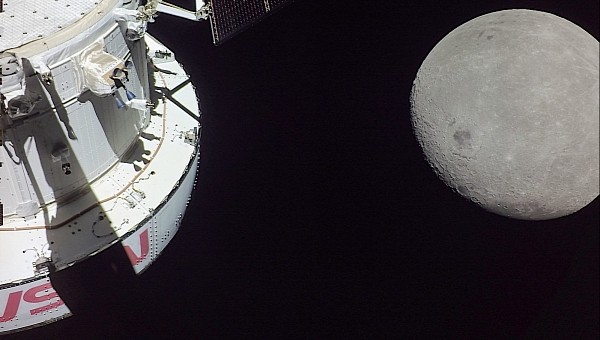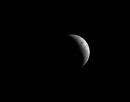The last time a NASA crew-rated spacecraft was anywhere close to as far behind the Moon's dark side as Artemis I's Orion Spacecraft just passed, there were three men on board who didn't know if they were going to make it home alive. Unlike Apollo 13, Artemis hopes to help humans get to the Moon to stay.
Now parked in an orbit that peaked at a whopping 40,000 to 50,000 miles (64,373 to 80,467 km) beyond the Moon's far side, that all-important communications loss associated with lunar orbit will be all the more agonizing. It's all just another momentous feat of engineering accomplished on a space mission that's already shattered expectations and world records before the mission's even finished.
Among these records include the maiden launch of the most powerful super-heavy booster rocket ever assembled and the most consecutive bummers in a row after multiple back-to-back launch scrubs for the mission dating all the way back to late August. But rest assured, when that candle finally lit, the SLS booster rocket made a frankly astonishing impression of a Top Fuel dragster.
The accompanying Orion Spacecraft used every ounce of this astonishing speed to place itself in the perfect position for a trans-Lunar injection burn. A burn sent Orion on a days-long drag race to Lunar orbit that concluded this morning. From here, the spacecraft will test every nut, bolt, circuit, and wire of this novel crewed space vehicle in hopes of improving it all when humans do step inside an Orion capsule for Artemis II.
In the meantime, expect Orion to spend at least the rest of November gathering data for all the spacecraft's vital systems. Expect the Airbus European Service module to get a good thrashing as well. But hey, both modules thus far haven't skipped a beat. Congratulations to Lockheed Martin, Airbus, NASA, the ESA, and every last person involved with every nut and bolt of this magnificent spacecraft.
Among these records include the maiden launch of the most powerful super-heavy booster rocket ever assembled and the most consecutive bummers in a row after multiple back-to-back launch scrubs for the mission dating all the way back to late August. But rest assured, when that candle finally lit, the SLS booster rocket made a frankly astonishing impression of a Top Fuel dragster.
The accompanying Orion Spacecraft used every ounce of this astonishing speed to place itself in the perfect position for a trans-Lunar injection burn. A burn sent Orion on a days-long drag race to Lunar orbit that concluded this morning. From here, the spacecraft will test every nut, bolt, circuit, and wire of this novel crewed space vehicle in hopes of improving it all when humans do step inside an Orion capsule for Artemis II.
In the meantime, expect Orion to spend at least the rest of November gathering data for all the spacecraft's vital systems. Expect the Airbus European Service module to get a good thrashing as well. But hey, both modules thus far haven't skipped a beat. Congratulations to Lockheed Martin, Airbus, NASA, the ESA, and every last person involved with every nut and bolt of this magnificent spacecraft.






